Buying a SIM Card or eSIM in the Philippines
We may earn a commission from purchases you make after clicking links on this site. Learn more.The Philippines is a fascinating place, consisting of 7,000 islands and maintaining a rich culture that blends together its indigenous heritage with that of its American and Spanish former colonizers.
The influence of those colonizers remains apparent today: the country is deeply religious, with over 90% of the population subscribing to Catholicism thanks to the Spanish influence. Likewise, one of the country’s two official languages — alongside Tagalog — is a variant of American English.
On July 4, 1946 — by no coincidence lining up with American Independence Day — the United States granted the Philippines independence but retained influence and military bases in the nation.
Today, the Philippines is known internationally for its complex history, cultural assets like Intramuros, well-developed areas like the Bonifacio Global City, and beautiful islands, from luxury resorts on Boracay to the island hopping opportunities around El Nido.
Companies
There are three main telecom companies that offer SIM cards in the Philippines, and getting up and running is a fairly easy process regardless of which one you choose. Generally speaking, Globe has affordable prices and better coverage in the places that international tourists visits, so it’s our top pick.
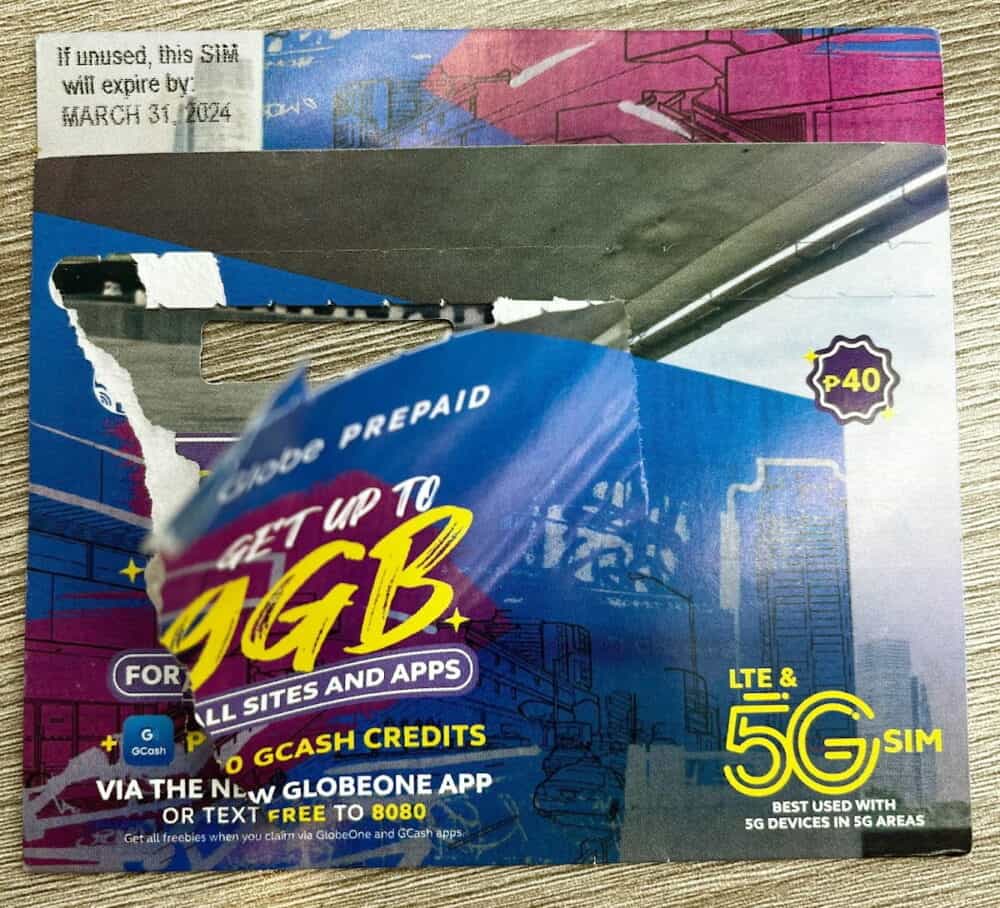
If you’re having trouble finding a Globe SIM for any reason, Smart, the other major carrier, is also a good option. Depending on exactly where you’re going, it may even have better coverage than Globe. We wouldn’t bother with the other telecom company, Dito, because it’s new and has very limited coverage.
There are also a couple of resellers on the above networks, but there’s little reason for most international visitors to bother with them.
Travel eSIM for the Philippines
Travel eSIMs are a good alternative to buying a physical SIM, and I used one when I first arrived until I could track down a phone store. If you don’t need a local phone number, there’s no reason (other than cost) that you couldn’t just use one the whole time.
Given how cheap service is in the Philippines, you’ll pay a bit more for an eSIM, but they’re more convenient and still very affordable. If your phone doesn’t have a SIM slot, or you just can’t be bothered with the purchasing and registration hassle of physical SIMs, they’re the way to go.
While I used Airalo, I’d recommend checking out Nomad if you want anything beyond the smallest data pack. It’s cheaper and has more options, going all the way up to 50GB valid for a month if you think that’s what you’ll need.
Like most travel eSIMs, it’s data-only: there’s no phone number with it. I very rarely need a local phone number when I’m traveling these days, just using the likes of WhatsApp, iMessage, and Google Voice instead, but everyone’s travel style is different.
If you’re new to eSIMs, they offer big benefits to travelers in terms of how quickly, easily, and (often) cheaply you can get connected when you arrive in a new country. Most recent phones support them, and you can read all about them here.
How to Buy a Prepaid SIM Card in the Philippines
The easiest way to obtain a SIM card is to buy one from any 7-Eleven as soon as you arrive in the country, most likely in a hub like Manila or Cebu. Most of the time, you will be able to easily find 5G SIM cards at an affordable rate.
However, due to the SIM Card Registration Act enacted in late 2022, availability of SIM cards was a problem when I visited early the following year. As a result, when I started my search, several 7-Elevens I visited didn’t have any in stock.
Instead, I went with a small Airalo eSIM plan that lasted until I could find a store that actually had a SIM card it could sell me. If you know where you’ll be staying well in advance, you can also pre-purchase a SIM from Globe’s online store on the Lazada or Shopee marketplaces and get it posted out.
You won’t need to bring your passport or other form of identification with you to buy the SIM, but you will need it (along with a WiFi connection) to register and activate it on your carrier’s SIM registration portal. This is thanks to those aforementioned new regulations, but is a simple-enough process.
Need travel insurance for the Philippines?
Need travel insurance for the Philippines?
From your phone or laptop, you’ll need to enter details such as your name and gender, and upload a photo of yourself and your passport. If all goes well, you’ll be instantly approved and receive a text message from your carrier to confirm the successful registration.
Note that as part of the new registration rules, if you entered the country on a tourist visa, your SIM card will expire after 30 days. If you get a visa extension, you can likewise extend the validity of your SIM card, but it doesn’t happen automatically.
We’d assume you’d be able to get your SIM extended if you took your new visa details to a carrier store (often found in shopping malls), but haven’t been able to get a clear answer as to whether it’s also possible online or via some other method. If you know the exact details, feel free to leave a comment!
Prepaid SIM and eSIM Costs
Globe
If you buy your prepaid SIM at a 7-Eleven, the cost is around 50 Philippine pesos (around $1), which is the same as via the Lazada and Shopee online shops.
The main reason to use the online stores is the convenience of knowing your SIM has arrived at your hotel before you even land in the country, although it’s not exactly hard to find a 7-Eleven either.
If you do go the online route, be sure to use the official stores for both carriers! There are plenty of unofficial and unreliable listings on both the Lazada and Shopee platforms.
The government crackdown on SIM registration means it is not worth saving a couple of bucks to risk your SIM randomly being deactivated while you’re out exploring the city or lounging on the beach.
Once you’ve completed your SIM registration, assuming you purchased a Globe SIM card, you can get a running start with 5GB free for three days. Just text “FREE” to 8080. The convenience store staff may say you have to download the app to get this promotion, but you don’t: sending that text is sufficient.
Note that you can’t use that promo code until after you’ve completed your registration, so be sure you have access to a WiFi connection to complete that first.
Nomad
Like I mentioned above, I bought the smallest Airalo data pack available to use for the first day or so, which cost me $4.50. If I’d wanted anything more than that, though, I’d have gone with Nomad instead.
It’s often the best option for anyone wanting a lot of data, but in this case it’s also the cheapest for smaller amounts as well. It’s hard to argue with 5GB of data for a month that costs ten bucks!
We’ve compared many travel eSIM companies in the past: here’s how the best ones stack up price-wise in the Philippines.
Topping Up
Globe
Assuming you have a trip longer than three days, or plan to take advantage of the 5G connectivity to stream a lot of of Netflix, topping up and purchasing a new call, text, and data pack is easy. The best way is to head back to a 7-Eleven and use one of the CLiQQ e-Money terminals found inside.
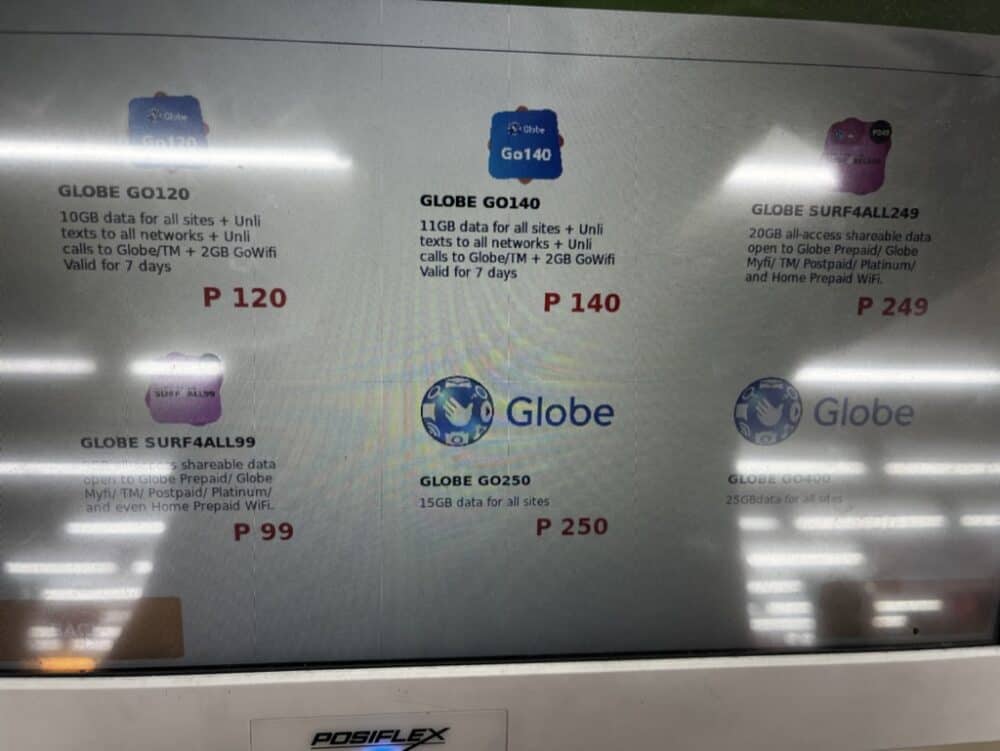
These touchscreen terminals let you to easily top up your phone credit and buy a new package. If you have any trouble, you can speak to the store cashier to get help. You can also do it via the GlobeOne app in the iOS App Store or Google Play Store, although obviously support is a bit harder to come by there.
As you can see in the above photo, there are a range of different package options available, and none are particularly expensive. They typically last between three and fifteen days, and either include unlimited domestic calls and texts as well as a certain amount of data, or just a given amount of data.
As a helpful reader pointed out in the comments (thanks, Julian!), you can also buy scratch cards in various amounts for both Globe and Smart, both from 7-Eleven and many other outlets. Once you’ve topped up (or added “load”, as it’s called in the Philippines), you can choose a new package from your phone.
Either use the carrier app if you have it installed, or dial *143# for Globe or *123# for Smart to see the list of packages and subscribe to the one you want.
Nomad
If you’re using Nomad or one of the other eSIM companies, topping up is done through logging into the website or app. You just select your Philippines eSIM, hit the top-up button, and pick whichever option sounds appealing.
All of the data packs have exactly the same pricing and duration as the original eSIMs: there’s little difference between topping up your current eSIM and buying a new one, other than not having to activate it.
Get regular updates from the world of travel tech and remote work
News, reviews, recommendations and more, from here and around the web
Coverage and Data Speeds
Data speeds and cell coverage will vary immensely depending on your travel plans. In metro Manila, you’ll have access to high speed 5G connectivity most of the time, sufficient for streaming high definition video.
If you plan to go island hopping in remote areas, however, you may well have no connectivity at all. Below you can see coverage maps of metro Manila and El Nido to see what I’m talking about. Around Manila, 5G coverage is readily available with Globe, while in El Nido even 4G coverage isn’t guaranteed.

As should come as no surprise, cities are obviously better connected than remote islands! Basically, if you’re planning to relax on the beach but want some digital entertainment handy, consider downloading your movies and e-books before you head out of the city.
Having said that, the 5G on offer is perhaps in name only. Despite having a 5G signal in metro Manila, testing the speed resulted in around 30Mbps speeds. I’ve often had similar speeds in countries without any 5G connectivity at all, so it’s nothing to write home about in my experience.
Even so, this kind of speed is plenty fast enough for most people’s needs, especially while traveling, and of course your accommodation will often be able to provide you with a WiFi connection as well. Whether it’s any quicker, of course, is another question entirely!
Nomad uses the Globe network as well, so you’ll get the same coverage (or lack of) either way.
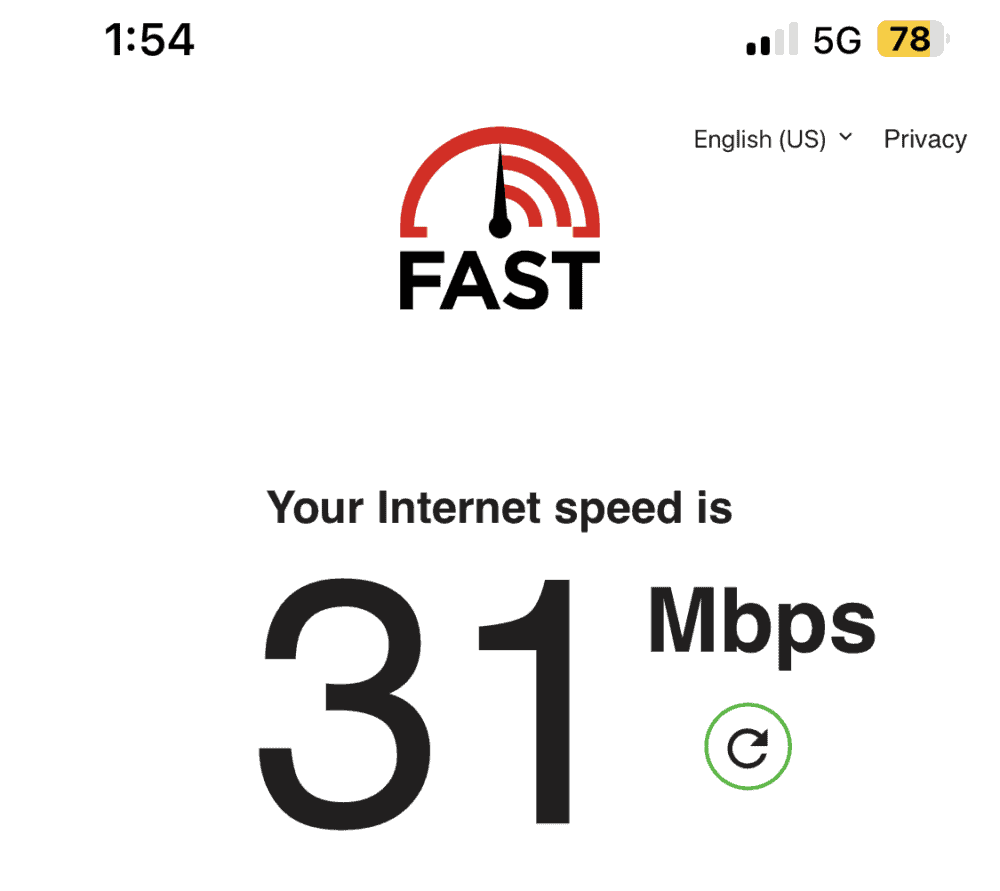
Check out our guides to SIM cards and eSIMs in 65+ other countries here.
Main image via travelwild/Shutterstock.com, other images and screenshots via author


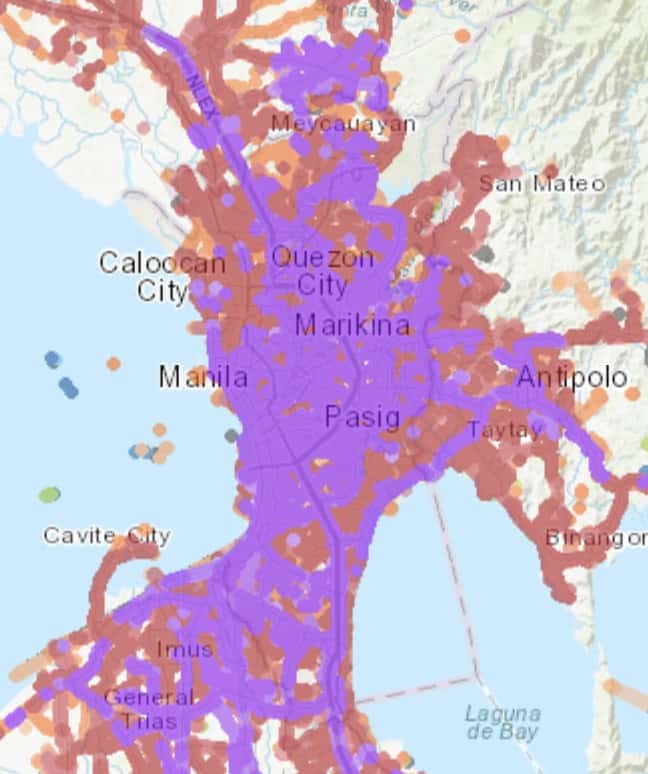
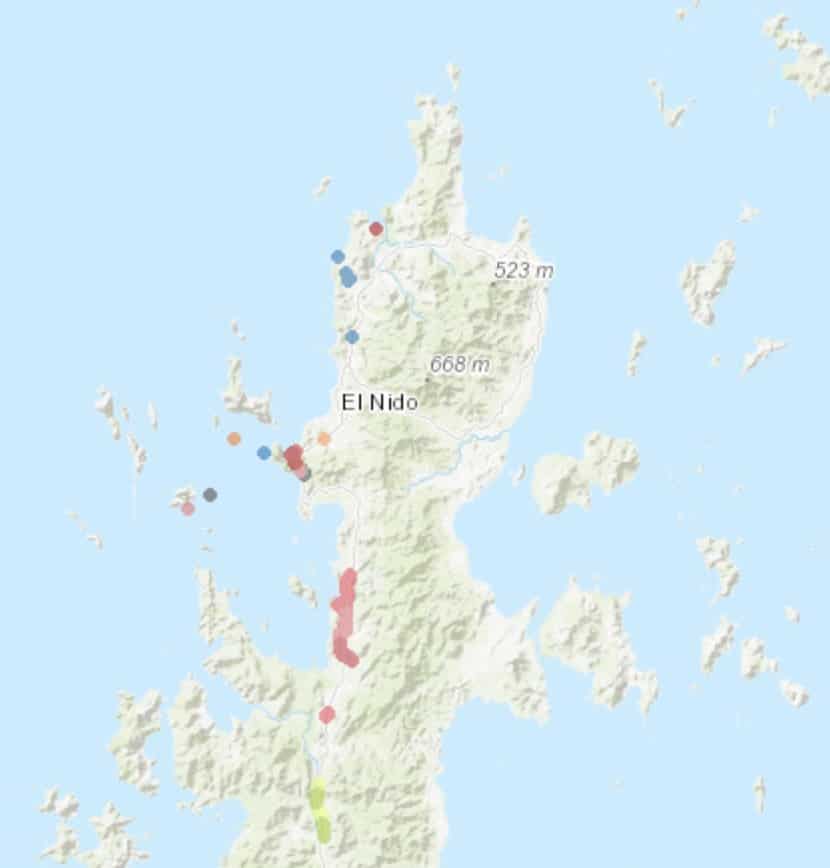
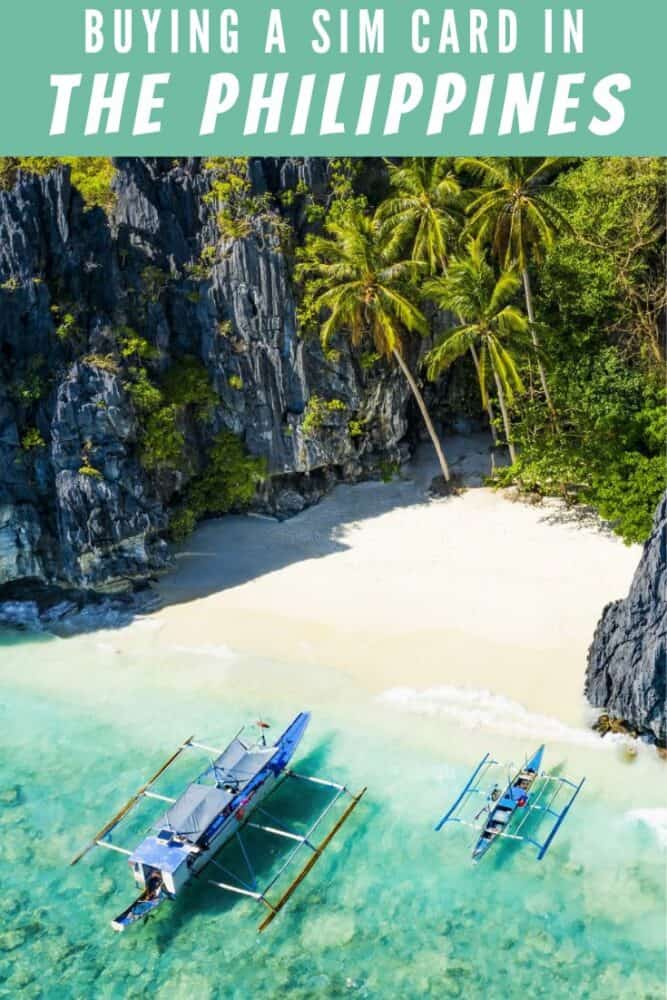
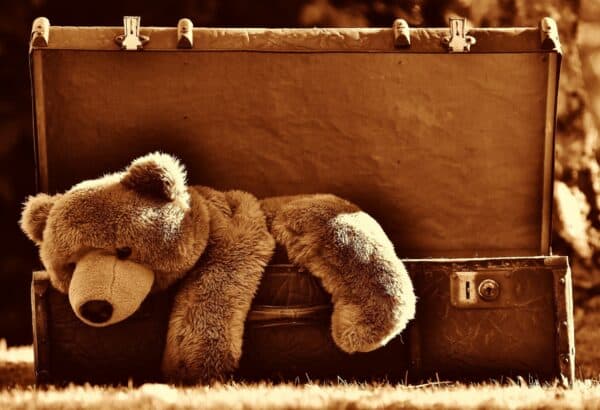



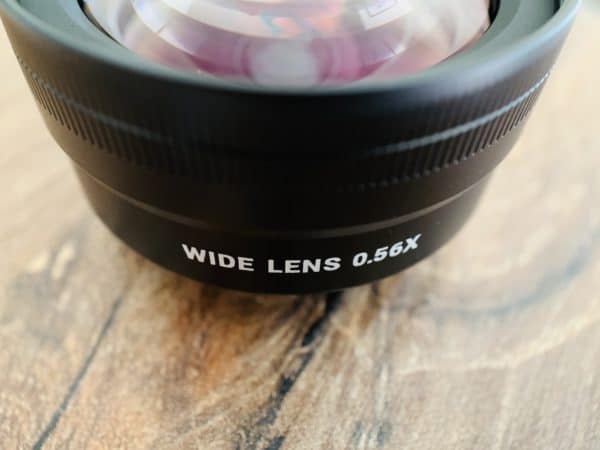
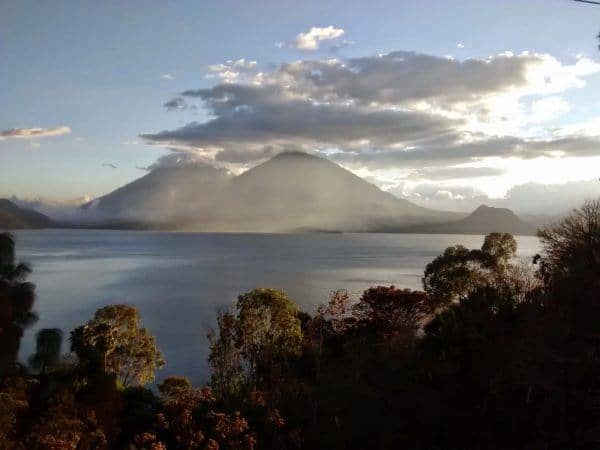
Some important notes I would like to share as a local:
1. Under the SIM Card Registration Act, if you register your SIM card using a foreign passport, and you’re only traveling in the country as a tourist, the SIM card itself will only be valid for 30 days. The SIM’s validity can be extended if your tourist visa has been extended, or converted into another type of long-term visa, but I’m not sure about the process for it.
2. You can still top up (or “load”, as we call it here) your Globe or Smart SIM using scratch cards which are available in 100, 300 and 500 peso denominations, and these cards contain simple instructions on how to load them. It is still quite easy to find stores selling them. (A little tip: Information counters at SM and Robinsons Malls sell those scratch cards, and the 300 and 500 peso cards can be bought there at a small discount, typically at 10 to 15 pesos less.)
3. If you have enough top up credits in your SIM card, you can subscribe to call, text and data packages even without Globe’s GlobeOne app or Smart’s GigaLife app. Just dial the USSD code *143# for Globe or *123# for Smart to see the list of packages and subscribe to them, as well as check how much top up credits you still have, and (only for Globe) top up using a scratch card.
4. Network coverage for Globe and Smart vary by location. Personally, I find Globe to have better indoor coverage than Smart most of the time, while Smart has the upper hand in some far-flung provinces. If you’re staying in the Philippines for a very long time, consider getting a dual-SIM phone (a standard feature in most phones sold here for years) and putting both a Globe and a Smart SIM in it, like what most of us do here, to make sure that you have maximum coverage around the country.
Thanks Julian, that’s super-helpful! I’ve added some of the info you provided into the post, and gave you a little shoutout. 🙂